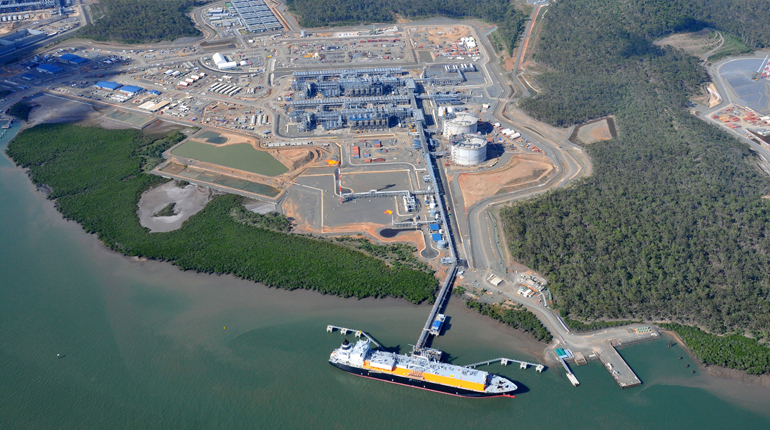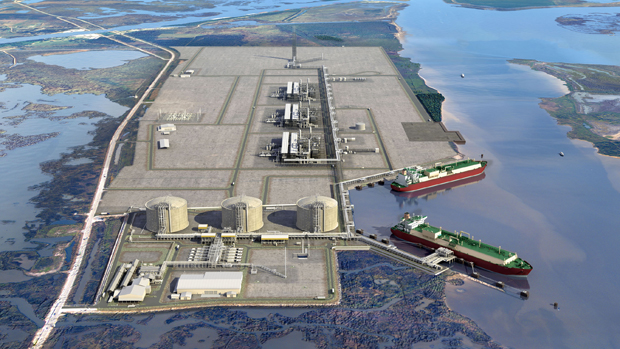Highlights
- Latin American LNG imports are under substantial pressure as the region's demand for the fuel falls
- Colombia faces potential blackouts in the coming months as its gas supply crunch intensifies
- Gas will remain attractive to the power sectors in Canada and the United States in the near term
- Weakening Latin American economies are denting the region's gas demand
Economic overview
Latin American economies are expected to remain weak in 2016, partly as a result of problems in key countries such as Brazil.
The International Monetary Fund (IMF) expects Latin America’s GDP will contract by 0.3% in 2016, worse than its previous forecast of a growth of 0.8%. The agency’s latest forecast also predicts the region’s GDP will grow by only 1.6% in 2017, less than its previous forecast of 2.3%. Weak commodity prices are cited as one of the reasons for the downgrade.
Brazil’s economic problems show no sign of lessening this year. The country’s economy contracted by 5.9% in Q4 2015 on an annual basis, its seventh consecutive quarter of contraction. The IMF expects Brazil’s economy to shrink by 3.5% year on year in 2016, worse than its previous forecast of a contraction of 1%. It expects stagnation in 2017.
Mexico – Latin America’s biggest consumer of gas – is facing its own economic woes, which could reduce the country’s gas demand. In March, Mexico’s central bank cut its GDP growth forecast for this year and next, citing weakness in the global economy. The 2016 forecast was cut from 3% to 2%, while that for 2017 was slashed from 3.5% to 2.5%
Quarterly and annual year-on-year GDP growth rates
| Q2 2015 | Q3 2015 | Q4 2015 | 2016 | 2017 | 2018 | |
| US | 2.7% | 2.1% | 1.9% | *2.6% | *2.6% | *2.7% |
| Canada | 1.1% | 1.1% | 0.5% | *1.7% | *2.1% | *2.3% |
| Mexico | 2.3% | 2.6% | 2.5% | *2.6% | *2.9% | *3.2% |
| Brazil | -3.0% | -4.5% | -5.9% | *-3.5% | *0.0% | *2.4% |
| Argentina | 2.3% | *0.4% | *0.4% | *-0.7% | *0.0% | *0.1% |
The central bank is also tightening its monetary policy to prevent the Mexican peso falling further against the United States dollar, which has strengthened against the peso by 21.3% on an annual basis so far this year. This will further widen Mexico’s current account deficit, which reached $32.38 billion in 2015 – its largest in 20 years. This prompted the central bank to unexpectedly hike its benchmark interest rate by 50 basis points last month, to 3.75%.
Other central banks in the region are also thinking of tightening their monetary policies. In February, Colombia’s high inflation and widening current account deficit caused the country’s central bank to raise interest rates by 25 basis points, to 6.25% – its sixth consecutive monthly increase. However, low oil prices are already hurting Colombia’s prospects for growth, and the tighter monetary policy is unlikely to help.



